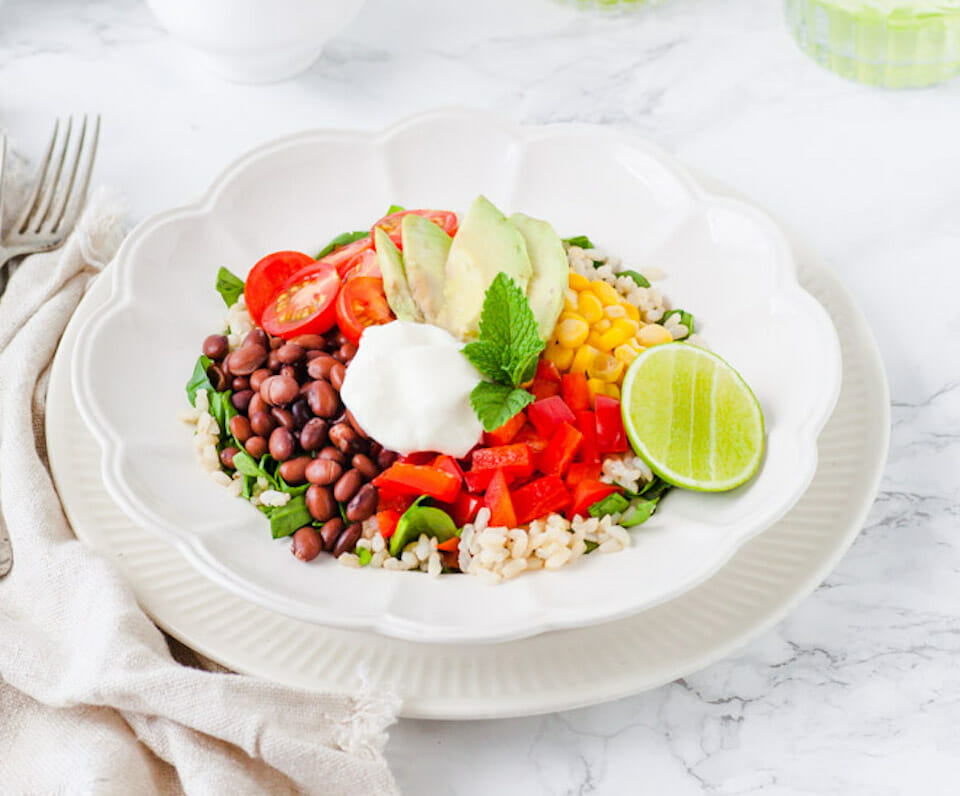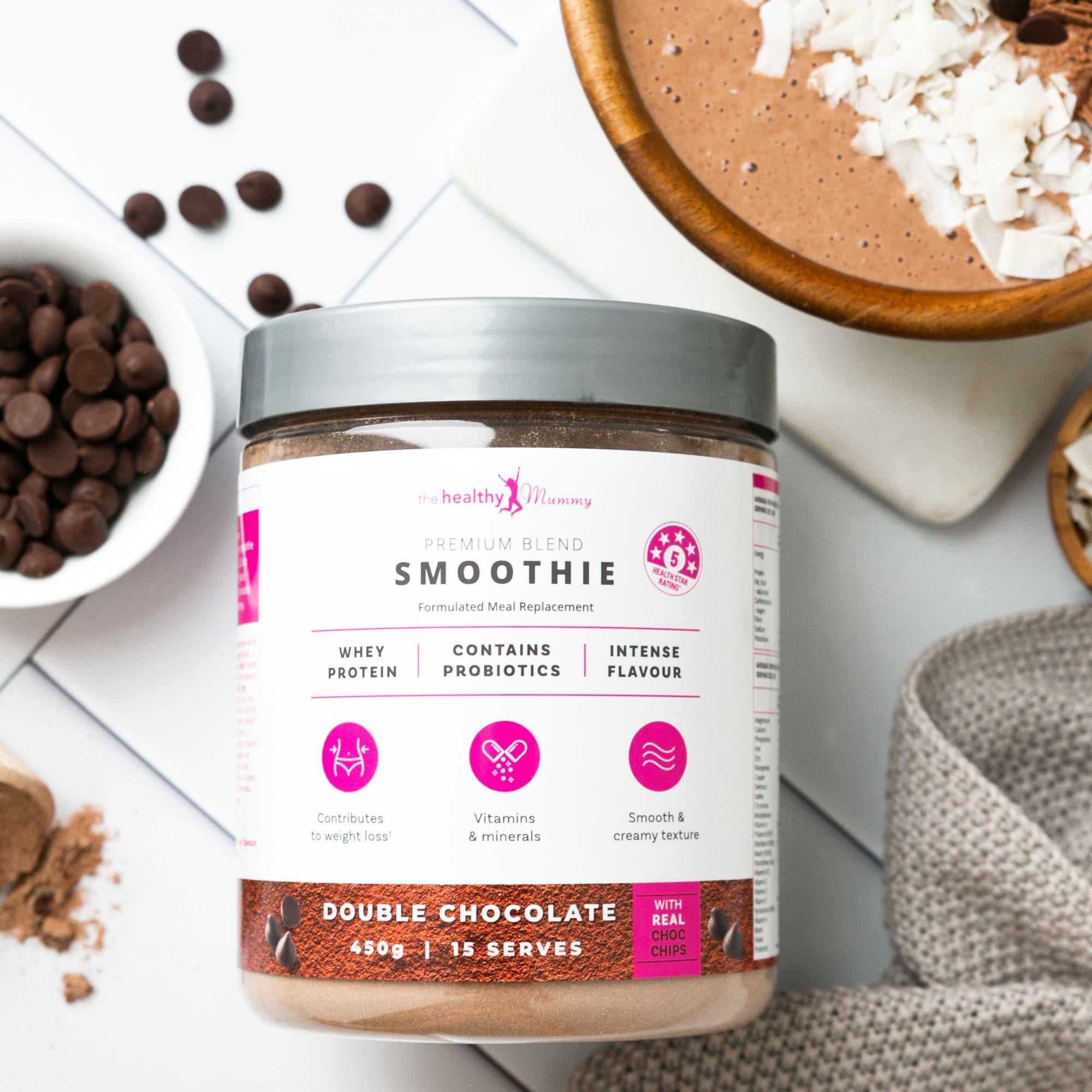What is magnesium? What do we use it for?
Magnesium is an essential mineral that’s used for over 300 bodily processes. You can think of it as a relaxation mineral because essentially, it helps keep your body more relaxed—easing muscle cramps and PMS cramps, calming your mood so you can deal with stress better, and preparing your body for sleep. Are you getting enough?
Magnesium is an essential mineral that’s used for over 300 bodily processes. You can think of it as a relaxation mineral because essentially, it helps keep your body more relaxed—easing muscle cramps and PMS cramps, calming your mood so you can deal with stress better, and preparing your body for sleep.
It’s also involved in regulating blood pressure and blood sugar levels as well as keeping your heart rhythm steady.

Is there any special reason to pay attention to magnesium recently?
The latest CDC data shows that more than 30% of people aren’t getting sufficient sleep, and over time, insufficient sleep can play a role in your health and your weight problems. Sleep deprivation can mess with your appetite hormones, making you hungrier and more likely to crave unhealthy food. Chronic sleep deprivation can also put you at higher risk of heart disease and type 2 diabetes.
On top of that, we’re more stressed out than ever! More than 60% of respondents say the current political situation stresses them out, and according to the most recent Gallup poll, about 45% of the respondents ‘worry a lot’. This makes magnesium especially critical!
How much does the average person need and how do they get it?

The daily target for women is about 320 mg and 420 mg for men, but it varies a little depending on age, and your needs go up if you’re pregnant or nursing. Here’s a sample menu that would hit the targets.
This magnesium-rich menu is directly from the Healthy Mummy app and it meets daily magnesium targets. Here are several recipes high in magnesium:
- Sweet Potato Pancake with Spinach and Poached Egg
- Black Bean Burrito Bowl made with brown rice, black beans, baby spinach, along with other colorful veggies
- Smoked Paprika Almonds
- Quick and Healthy Pesto Penne made with spinach and basil pesto and whole grain pasta
- Dark chocolate and herbal tea
What are some signs that you may be deficient in magnesium?

Very common GI conditions, like Crohn’s disease and celiac disease, might lead to deficiency. Common medications, like those used to treat GERD (acid reflux), can interfere with magnesium absorption. People with insulin resistance or type 2 diabetes may be at risk for not meeting magnesium needs. So are heavy drinkers.
But the truth is, the majority of people aren’t getting enough magnesium and that’s largely because people fall short on the foods that are rich in magnesium—mostly leafy greens, beans, nuts and seeds, whole grains, and dark chocolate (this one’s easy!). That’s why a meal plan can be so helpful-especially if you aren’t used to eating this way!
The Healthy Mummy’s 28 Day Weight Loss Challenge provides easy and delicious recipes that are rich in magnesium-rich foods, so you don’t have to think about meeting your needs.
Which foods are good sources of magnesium?

- 2 cups of spinach = 47 mg; 15% RDA
- 28g pumpkin seeds = 168 mg; 53% RDA
- ½ cup of cooked black beans = 42 mg 13% RDA
- ½ cup of cooked quinoa = 59 mg; 18% RDA
- 28g dark chocolate = 65 mg; 20% RDA
Are you ready to become a Healthy Mummy?

If you are wanting to lose weight and improve your energy – not to mention – help improve your overall health and wellbeing – our 28 Day Weight Loss Challenge is an awesome program to check out.
Our 28 Day Weight Loss Challenge includes:
- 28 days of at home exercise routines (no gym needed) – with video instruction
- Customisable and breastfeeding friendly meal plans (including 7 Day Cleanse)
- Time-efficient exercises for busy mums – under 30 mins
- Challenge combines Pilates exercises with interval and circuit training (HIIT)
- Suitable for basic to advanced fitness levels
- Home to thousands of EASY-TO-MAKE recipes!
To learn more about our 28 DAY WEIGHT LOSS CHALLENGE CLICK HERE or purchase our Smoothies.









